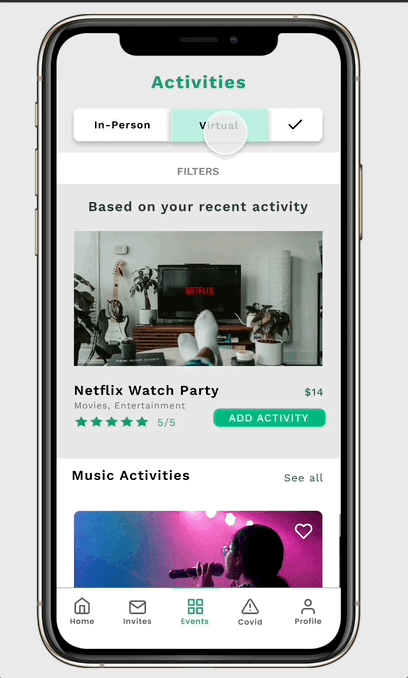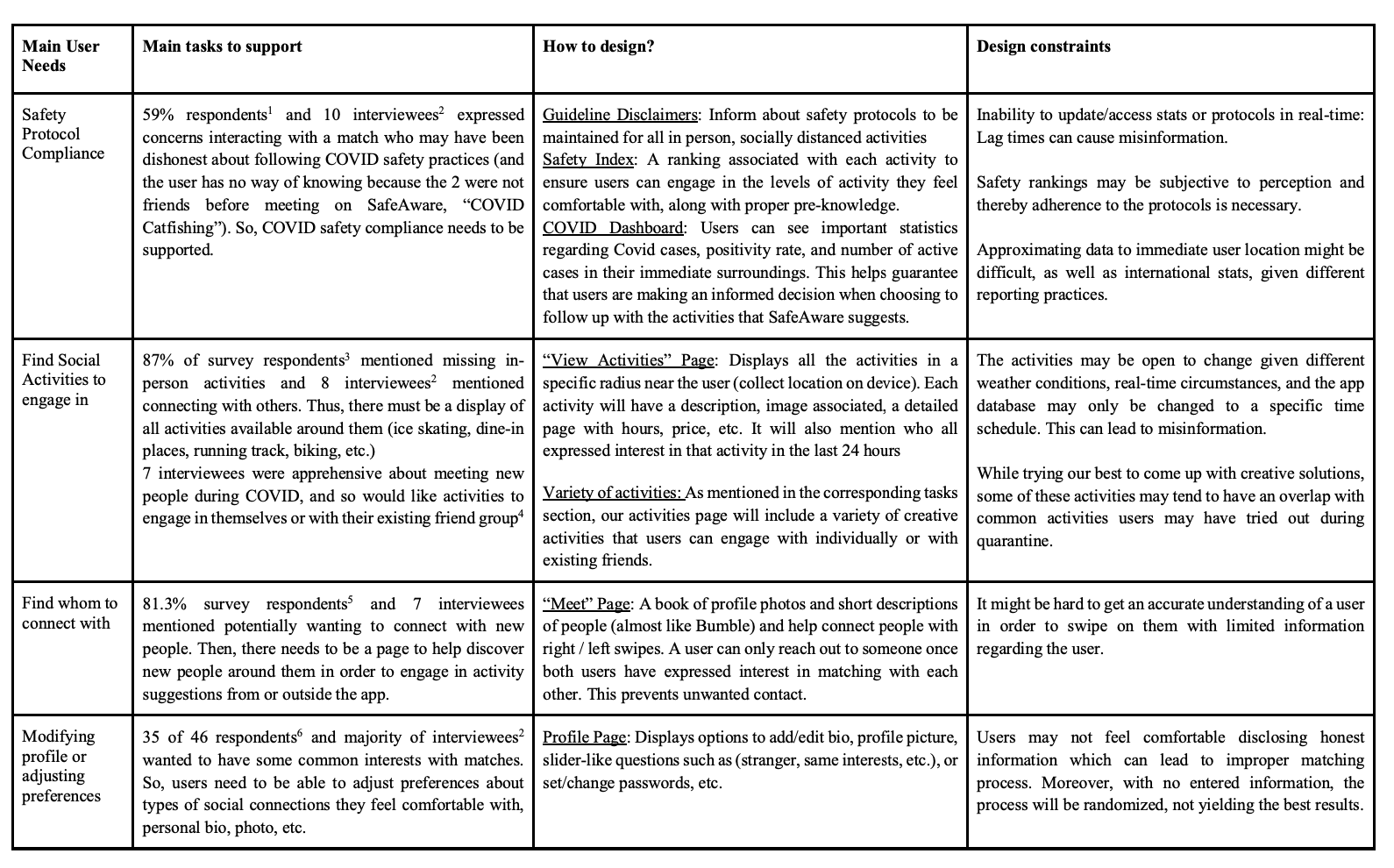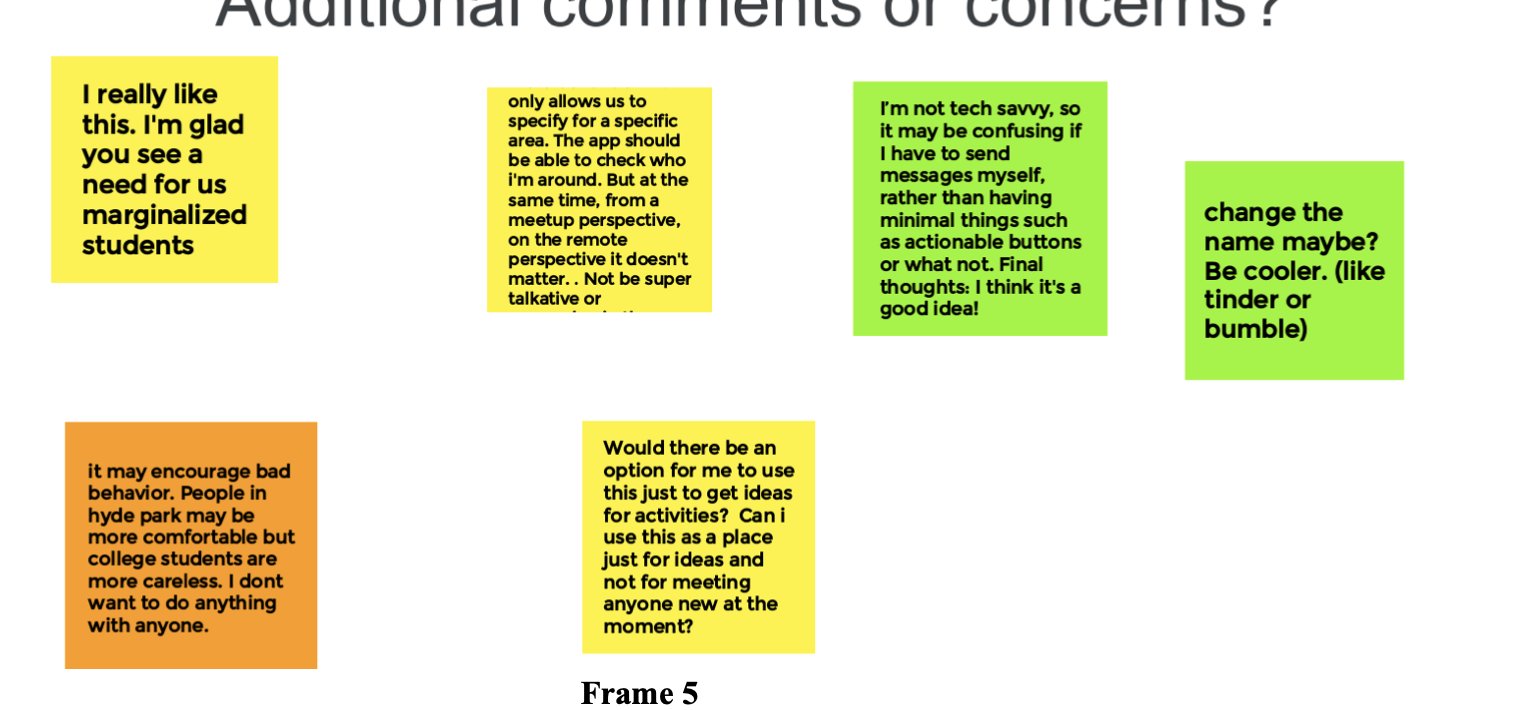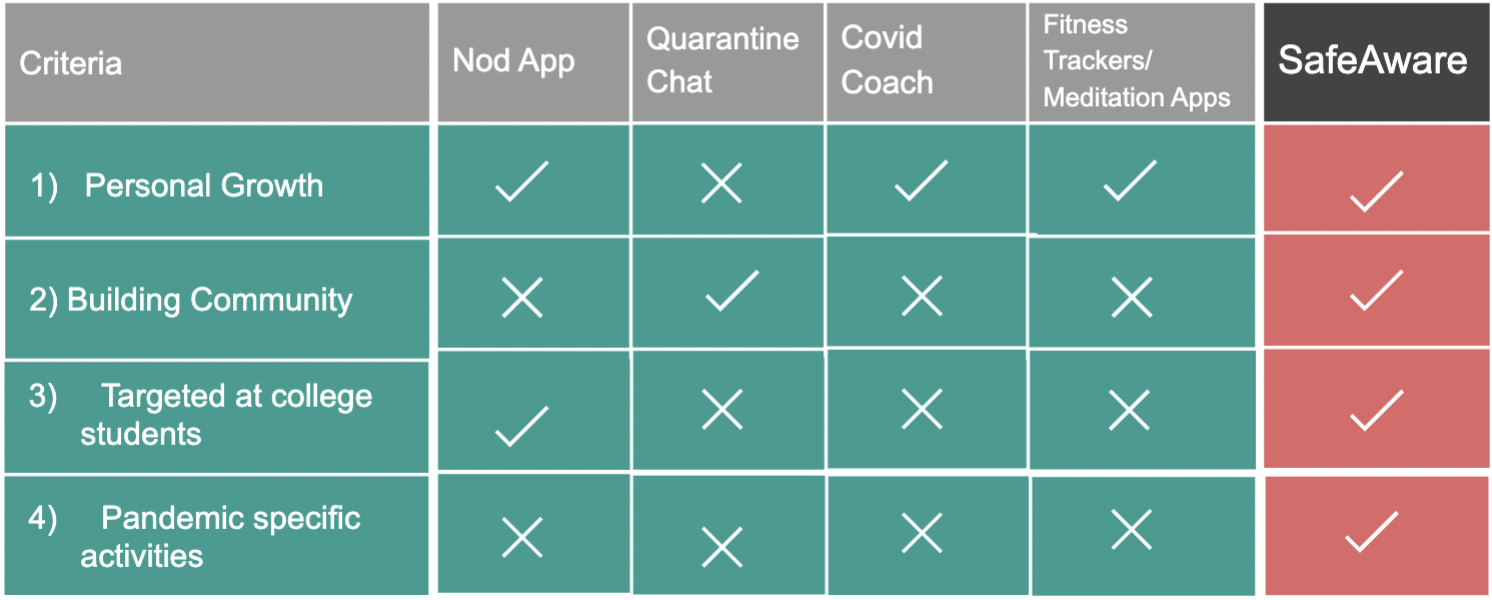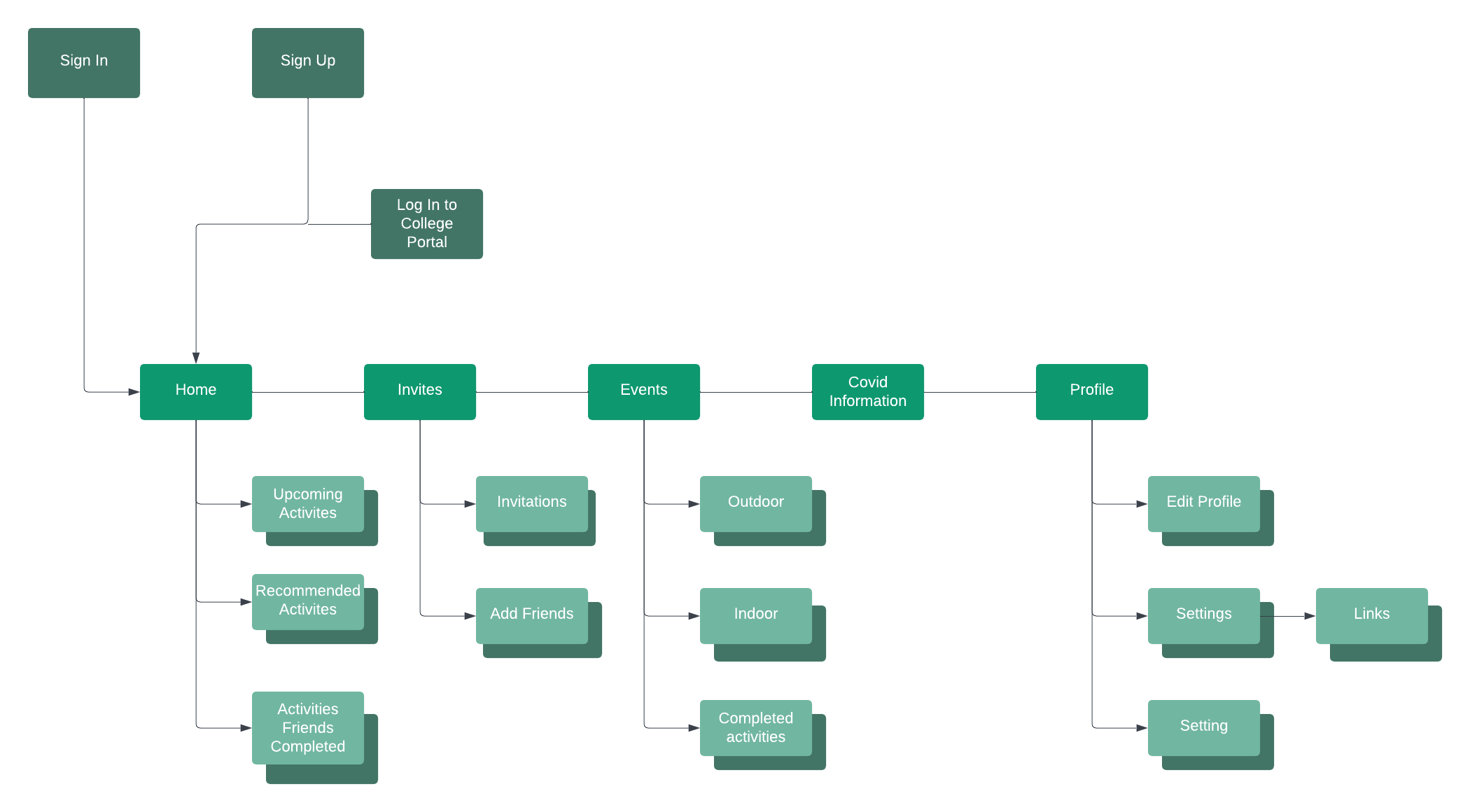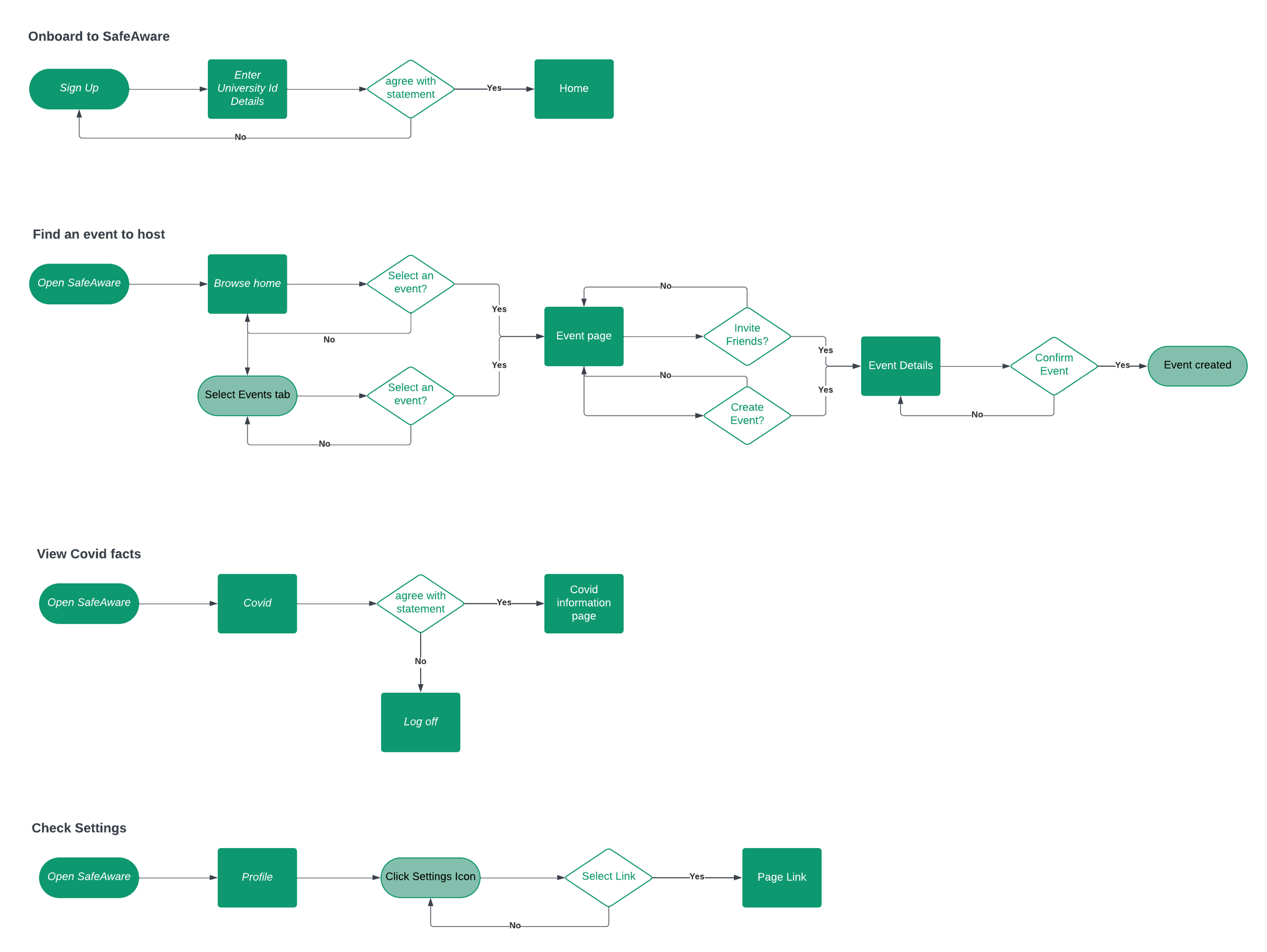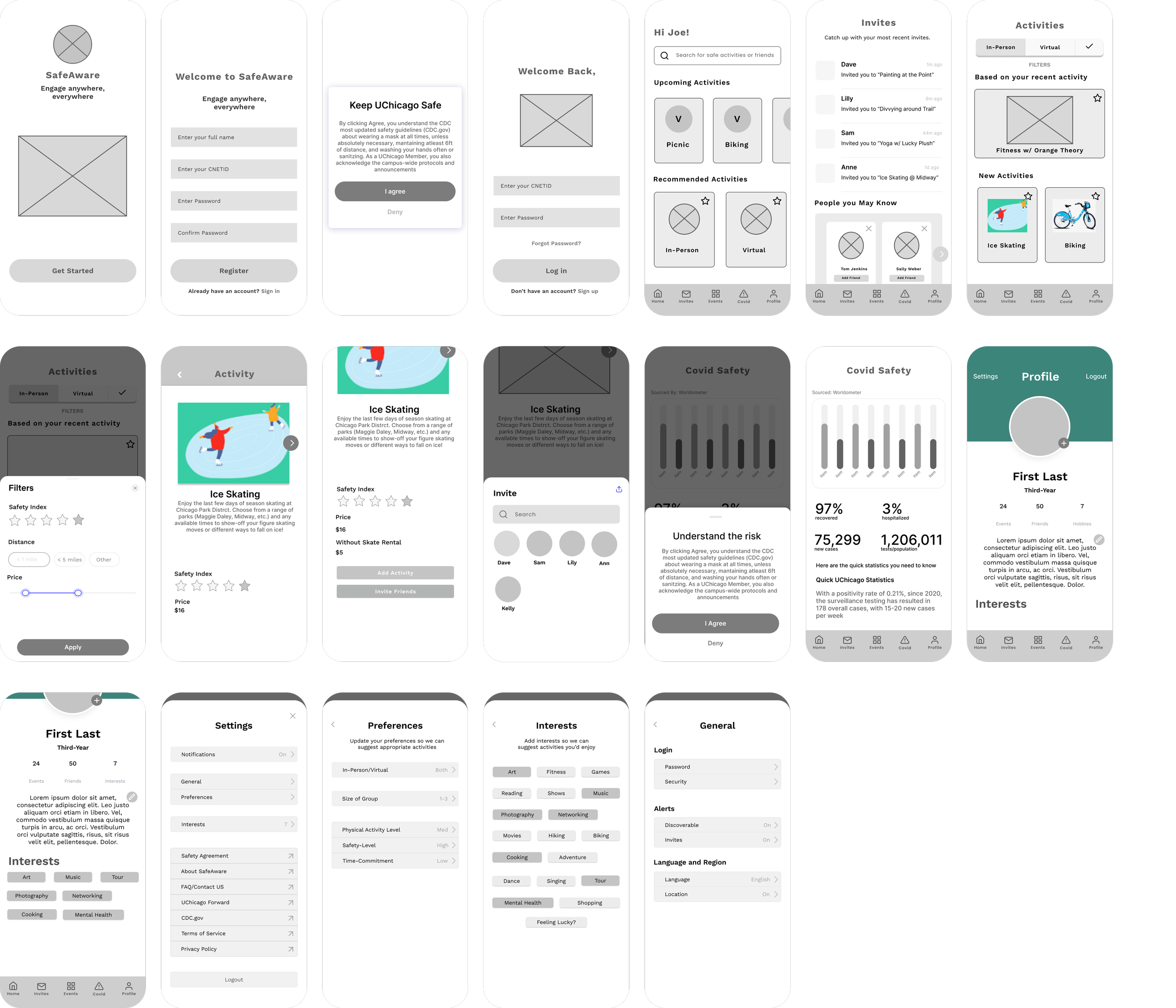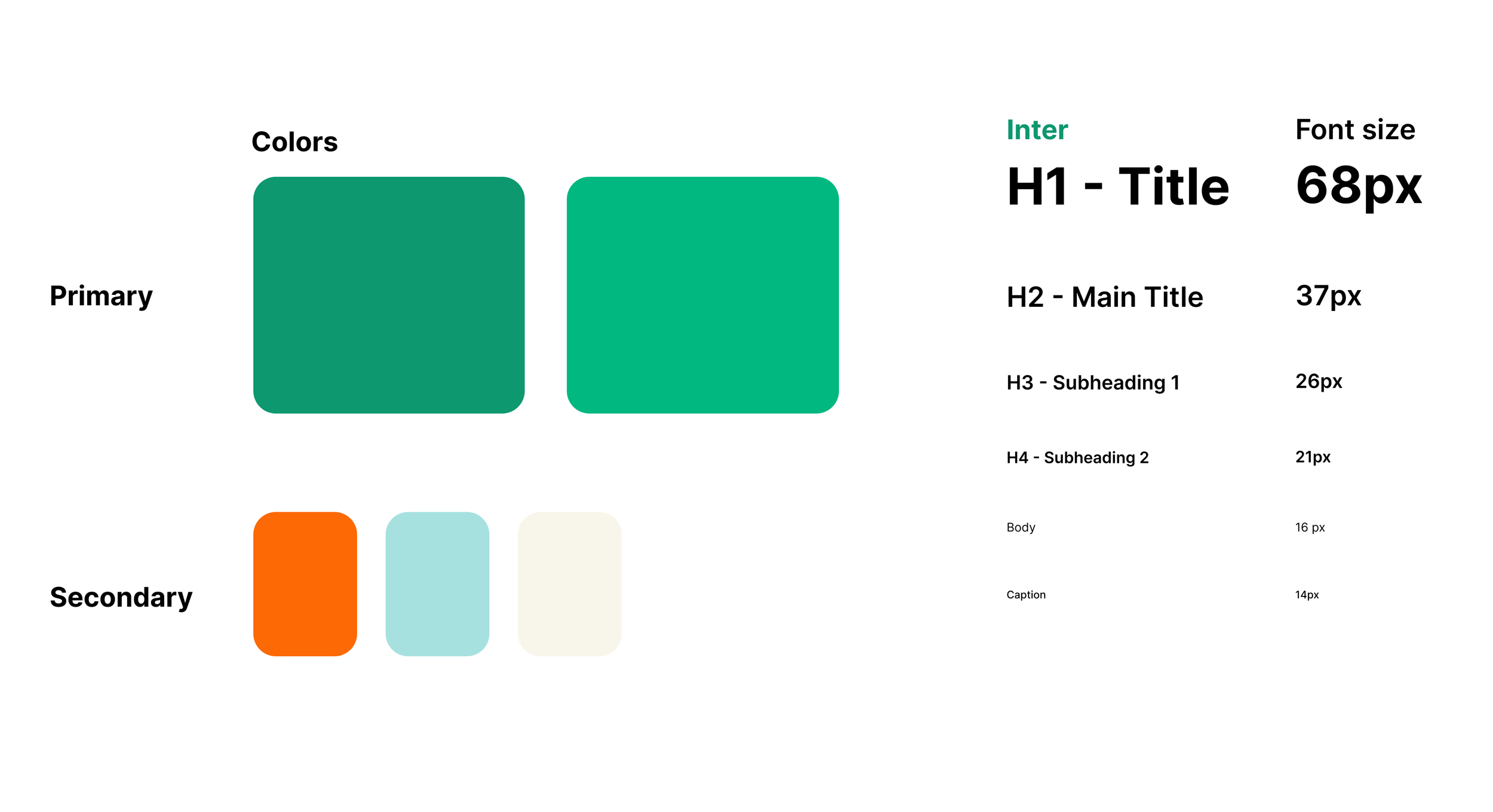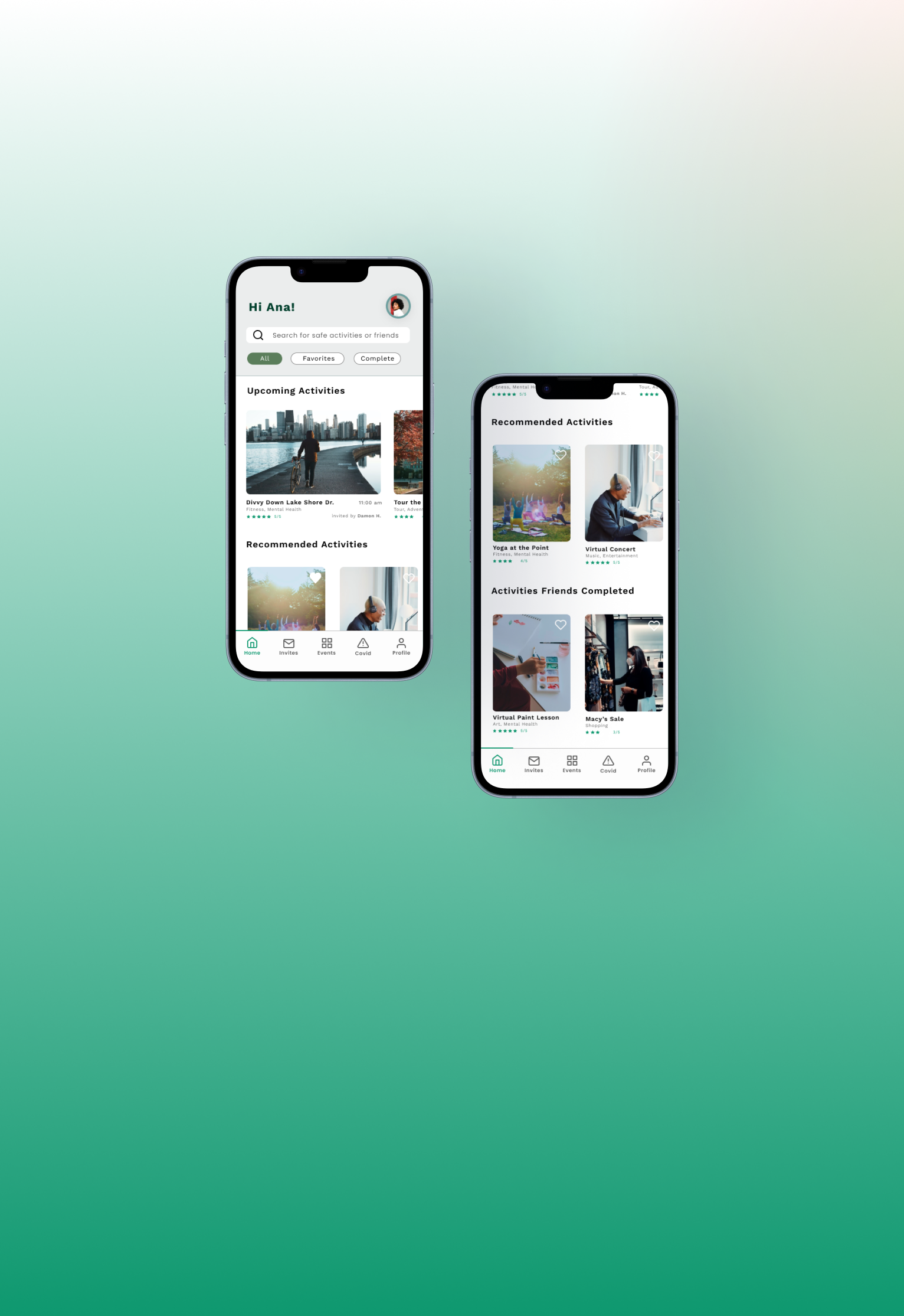
SafeAware
Social Event Scheduling App
Reimagining social interaction for college students before and after the covid-19 outbreak
Role
UX / UI Designer
UX Researcher
Team
4 UX Researchers
1 UI Designer
Tools
Figma
Google Docs
Google Forms
Timeline
January 18, 2021
March 31, 2021
Overview
Amidst the challenges posed by the ongoing pandemic, college students have been struggling to find safe and enjoyable activities that align with COVID-19 precautions. SafeAware, a mobile application, has been developed to address this issue by providing a platform that not only informs students about upcoming activities in various locations such as Chicago, New York, across the United States, and even around the globe, but also facilitates connections to combat feelings of social isolation and loneliness.
From helping students discover less crowded paths for their morning runs to enabling them to engage in virtual games with others and identifying safe yet picturesque locations for that perfect Instagram post or dine-in experience, SafeAware caters to the diverse needs of all users in a comprehensive manner.
How can technology help alleviate social isolation, amidst a pandemic and long-term for University of Chicago students?
How can it create togetherness while students are in different parts of the world?
Solution
An app for University of Chicago students designed with features that meet their specific needs and interests. It focuses on fostering a sense of belonging and connection among individuals who are easing back into social interactions on and off campus.
Host and invite friends to new events
Use university credentials to sign up and find events
Review covid facts and modify interests
User Surveys
Social Isolation and Loneliness Questionnaire
Section I
What is your understanding of social isolation or loneliness? Have you ever encountered social isolation or loneliness to some extent?
Section II
For those who have experienced social isolation in the past:
How have you managed to alleviate these emotions previously?
Have your feelings of social isolation heightened during the pandemic?
Section III
How has the transition to the pandemic been for you?
How have you coped with this difficulty?
What steps have you taken to address these emotions?
Are there any specific strategies you have adopted that differ from your previous actions?
Is there something you desire to do but are currently unable to? What is hindering you from achieving this?
Section IV
Would you be interested in an app that offers connection opportunities like online gaming or suggesting COVID-safe activities? Why or why not?
To what extent would you be open to using such an app and what factors contribute to this decision?
Do you have any recommendations for features you would find valuable in such an app?
What reasons might dissuade you from using an app of this nature?
These surveys were beneficial as they helped to understand the pre-pandemic patterns of college students in the targeted population. The research showed that many students were very social, specifically participating in events such as sports clubs, campus parties, and visits to downtown Chicago for restaurants and shopping. Additionally, some students were a bit reserved pre-pandemic but still participated in some simple methods of socialization, such as studying with others at the library, going to the gym, and participating in dorm activities.
Based on our surveys, a substantial ~85% of respondents have encountered challenges related to social anxiety, isolation, or loneliness. Furthermore, of those individuals, an overwhelming 78.6% reported experiencing intensified levels of these emotions during the pandemic.
Initial research was conducted through a Google survey, which allowed for more responses rather than participants having to volunteer to be interviewed. There was a range of quality and quantitative questions asked, which provided insights on how different students.
Research and Understanding
User Interviews
The rest of the results were summarized in the table above and helped inform decisions regarding future project directions.
Initial research uncovered a few areas of interest regarding soft skills. First, we explored what soft skills entail and their significance in various aspects of professional and personal life. Additionally, there was comprehensive research conducted on strategies and techniques to enhance and acquire these valuable skills to thrive in today's competitive environment.
Based on the surveys, we found that ~85% of respondents have experienced either social anxiety, isolation or loneliness, and 78.6% of those felt heightened levels of these feelings during the pandemic.
Workshops
During the card sorting workshops, our team meticulously categorized the interview and survey results to unlock deeper insights. The interactive nature of the sessions allowed for dynamic discussions on how best to group the data for analysis. As we delved into sorting the cards, a sense of teamwork and shared discovery permeated the atmosphere, fostering a collaborative spirit. By arranging the information visually, patterns and connections emerged organically, offering fresh perspectives on the findings.
Competitive Analysis
Four distinct types of applications underwent a comprehensive analysis based on four key criteria for consistency. It was found that specific applications excelled in certain areas more than others.
Based on the prior research and analysis, none of the applications fully satisfied the preferences of the target users. This situation provided the group with an opportunity to explore integrating the missing features into a new app.
User Archetype
The target user is university students between their first and final years of college. These users also tend to be more social and willing to accept new connections. This group of students is eager to network, join social clubs such as fraternities and sororities, as well as tend social gatherings to decompress.
Design Decisions
Information Architecture
The information architecture contained 5 primary sections: home, invites, events, covid information, and profile. The architecture was based on the primary goal of integrating students safely back into social activities.
User Flows
1. Onboard to SafeAware:
Upon returning to Hyde Park, the university student seeks to maintain a sense of connection to their surroundings despite the shift to hybrid classes. In an effort to immerse themselves in the local community and stay informed about safety measures, they decide to explore SafeAware. This platform offers valuable insights into safety protocols and resources, ensuring that the student can engage with their environment confidently and responsibly.
2. Find an event to host
The student, eager to make plans for the upcoming weekend, weighs different options for activities to do with friends. After careful consideration, they choose to attend an in-person event that follows Covid-conscious guidelines to ensure everyone's safety. Excited about their decision, the student starts inviting friends to join them for a fun and responsible outing.
3. View Covid facts
The student's concern for safety is evident as they inquire about the campus Covid statistics, showcasing a responsible attitude towards their well-being and that of others. They actively seek out information in order to make informed decisions, displaying a commendable level of awareness in the current situation. Their curiosity reflects a proactive approach to staying safe and taking necessary precautions during these uncertain times.
4. Check Settings
The student is eager to refresh their list of interests and seek out new ones. They are motivated to explore different hobbies, activities, and subjects that pique their curiosity. By broadening their interests, the student aims to discover new avenues for personal growth and development. They also would like to explore additional safety measures.
Ideate and Design
Low to Medium Fidelity Wireframes
In order to test the architecture and flow of the proposed solution, a low to medium fidelity wireframe was created. The basic functionality such as browsing events, adjusting current settings, and viewing campus-wide COVID statistics were essential features that enhanced the overall user experience of the platform.
Users could easily navigate through different sections and access pertinent information with convenience and speed. These features not only provided valuable insights but also empowered users to make informed decisions regarding their interactions on the platform.
Visual Interface
Visual Identity
The color scheme for the project draws inspiration from science-based colors such as green and blue. These colors are not only reminiscent of nature but also evoke a sense of calm and serenity. Green symbolizes growth, harmony, and renewal, while blue conveys trust, reliability, and stability. By incorporating these colors, the design not only captures the essence of the natural world but also imparts a feeling of balance and vibrancy.
Building a prototype to test with students
High Fidelity Prototype
The final prototype combines various user flows with additional content design elements to improve the overall user experience.
Key Takeaways
Students appreciated the app's simplicity, evidenced by many successfully completing a user flow without instructions. Moreover, they found the app valuable for reconnecting with the Hyde Park community.
While recognizing the app's significance, students expressed concern about it potentially developing into a social media platform due to features like invite and add friend functionalities. They worried that this shift could lead to confusion, given that the app's purpose is event sharing, not social networking.
Moving forward, addressing the worry of SafeAware morphing into a social media messaging platform will be a priority. This precaution is crucial to ensure inclusivity, as many students who refrain from social media may be deterred from engaging if the app leans towards social interactions.


